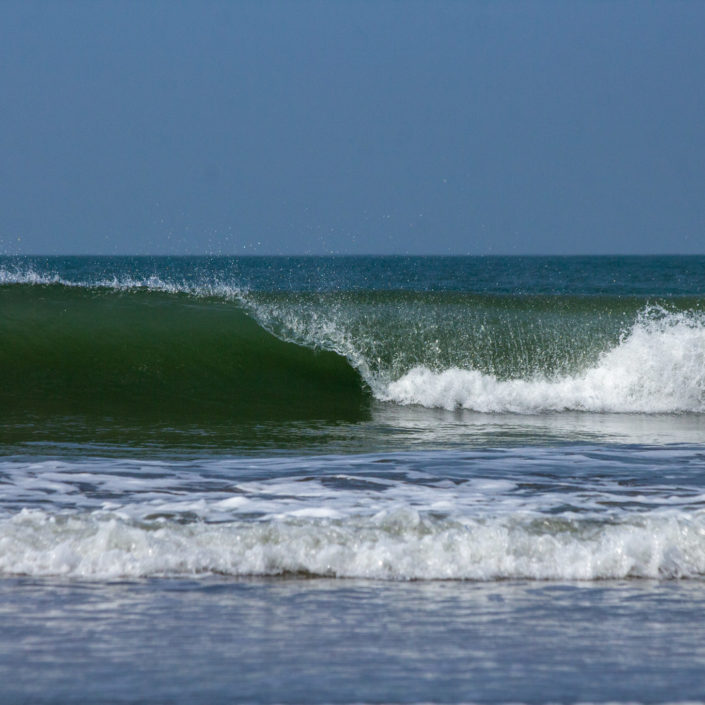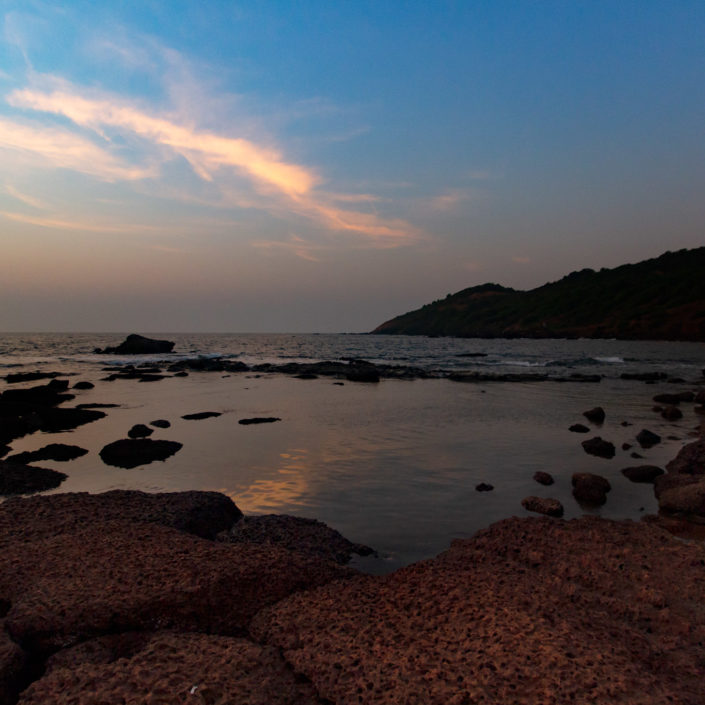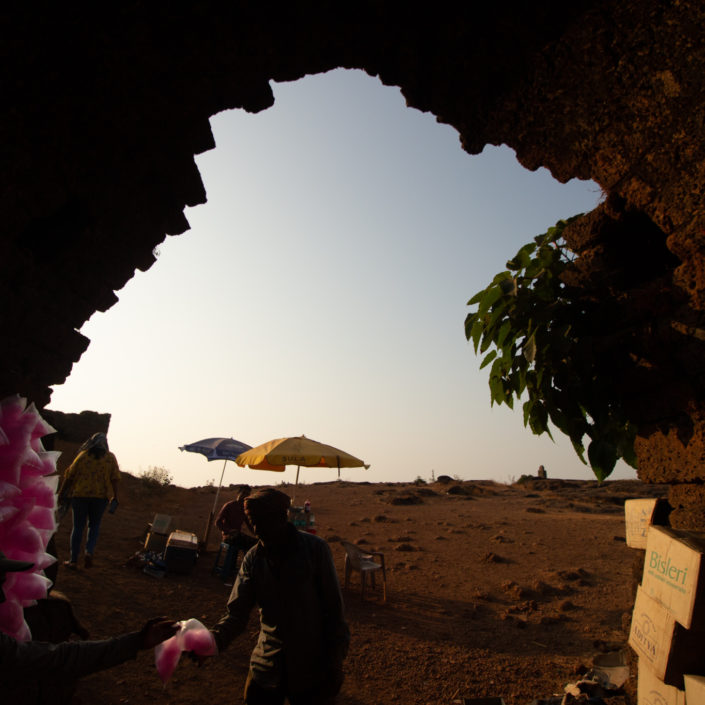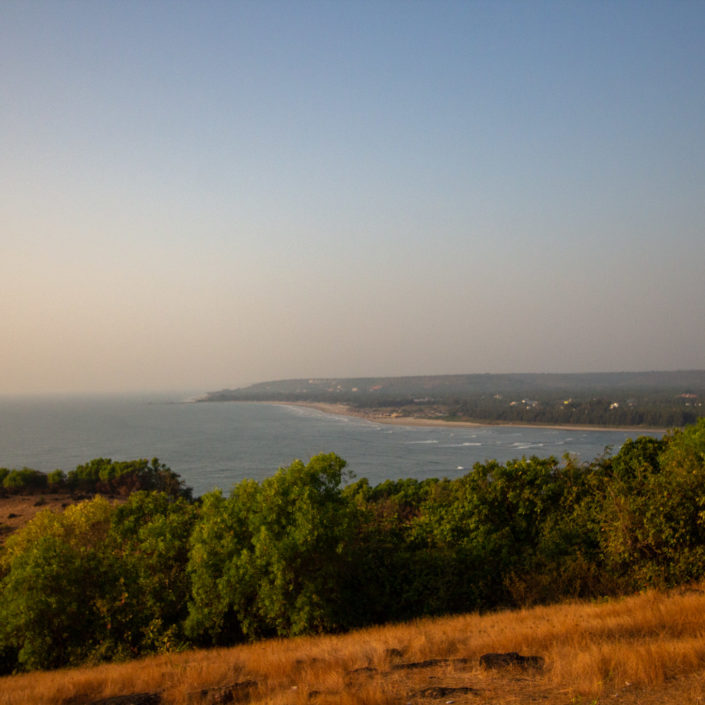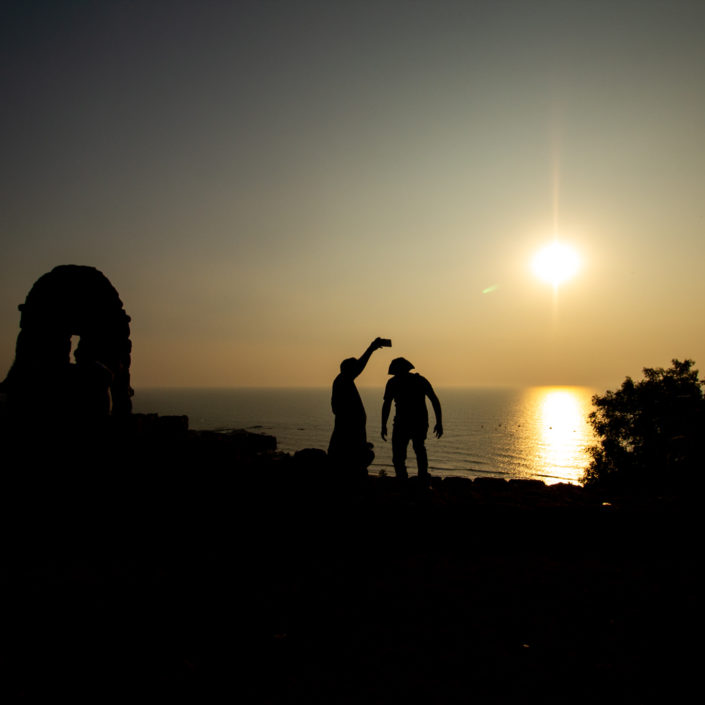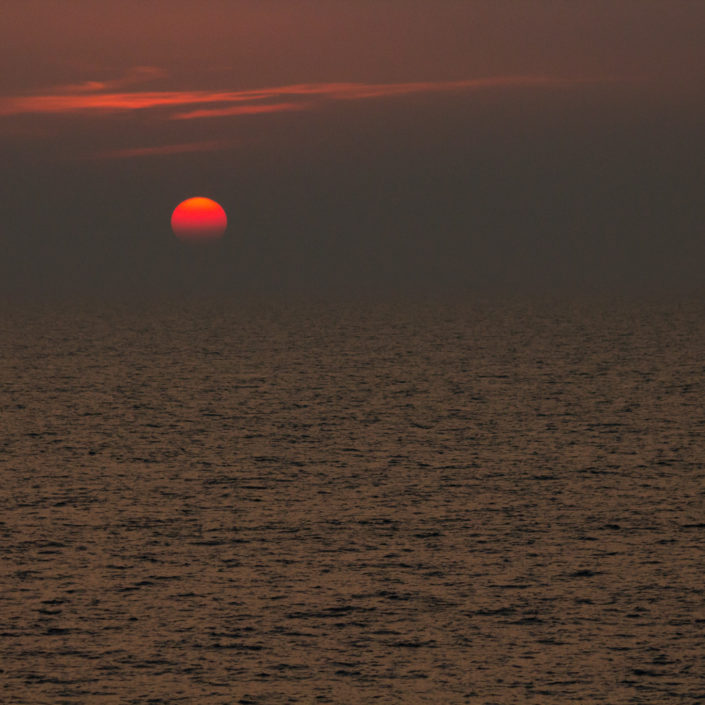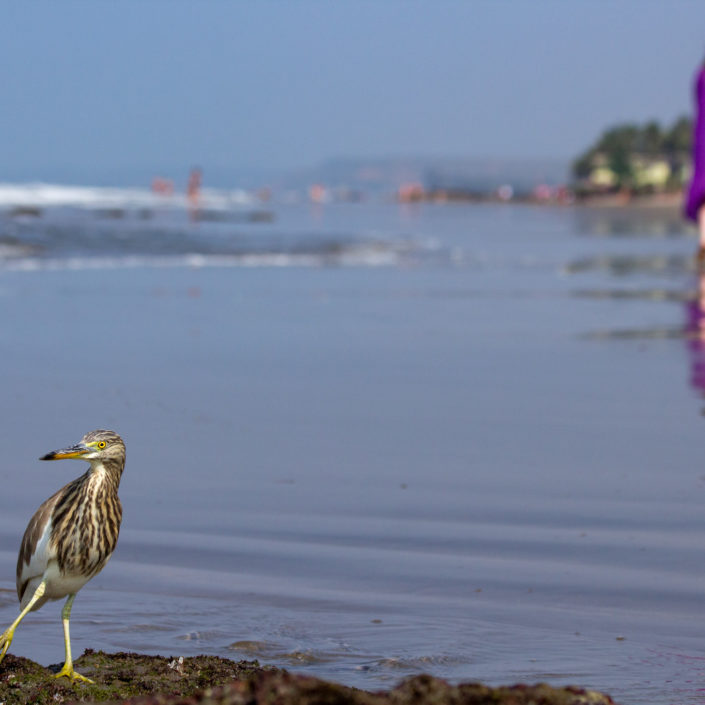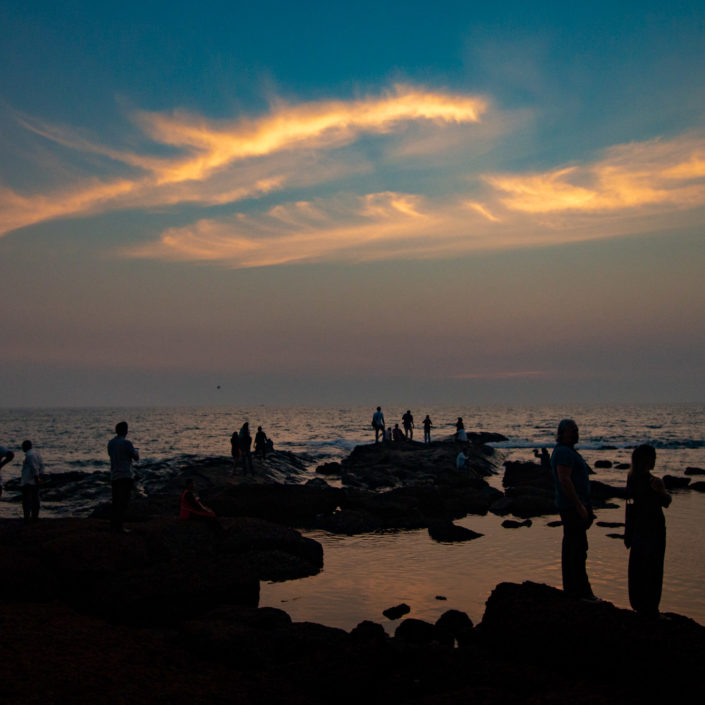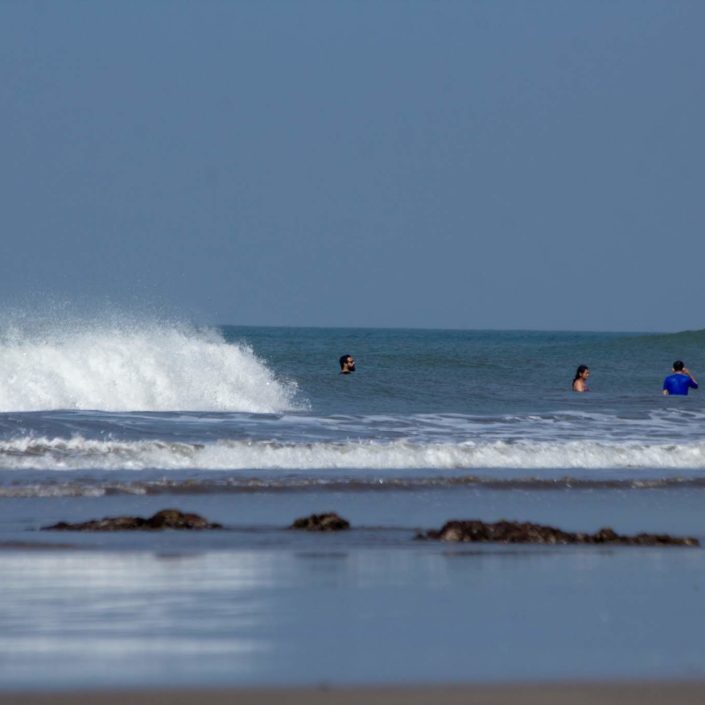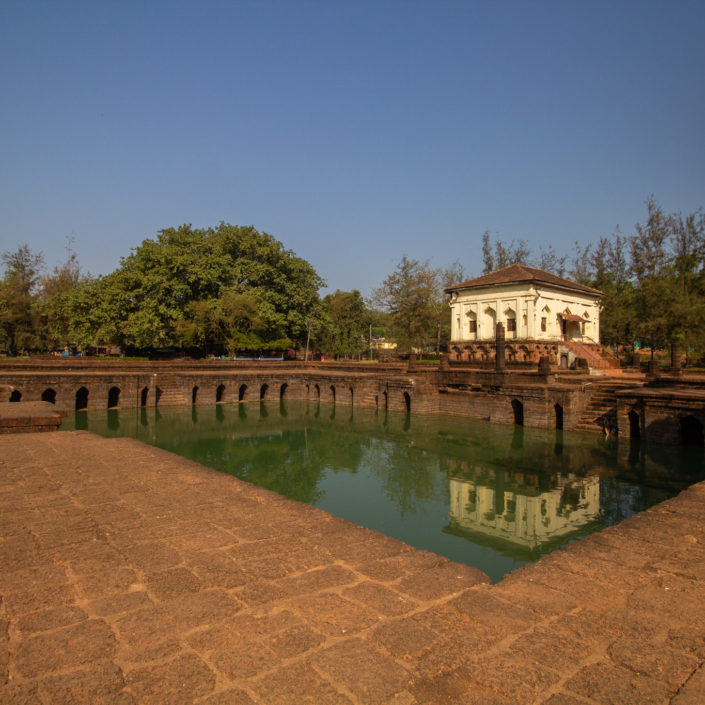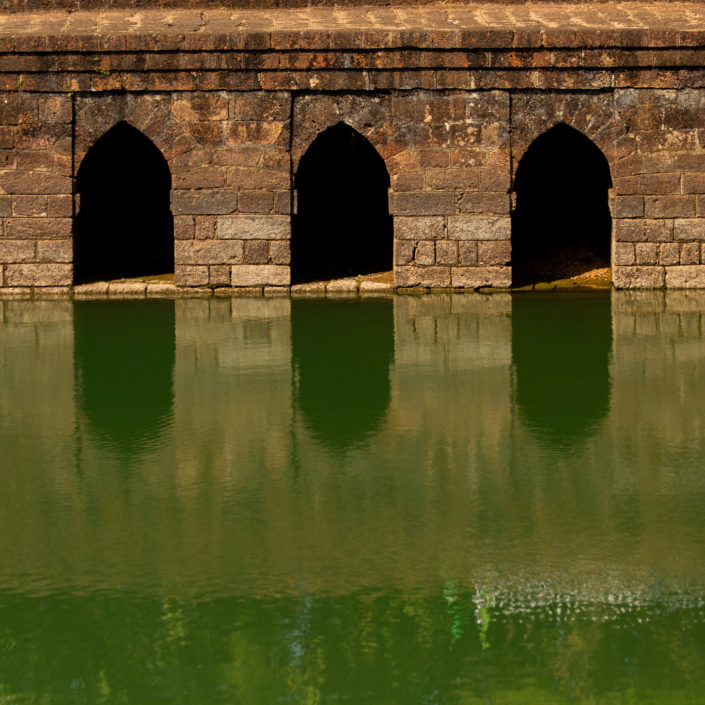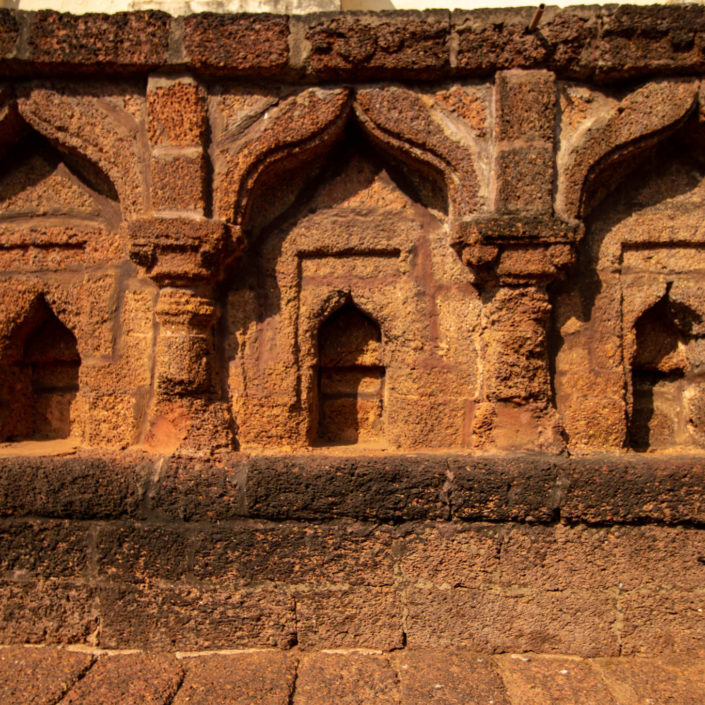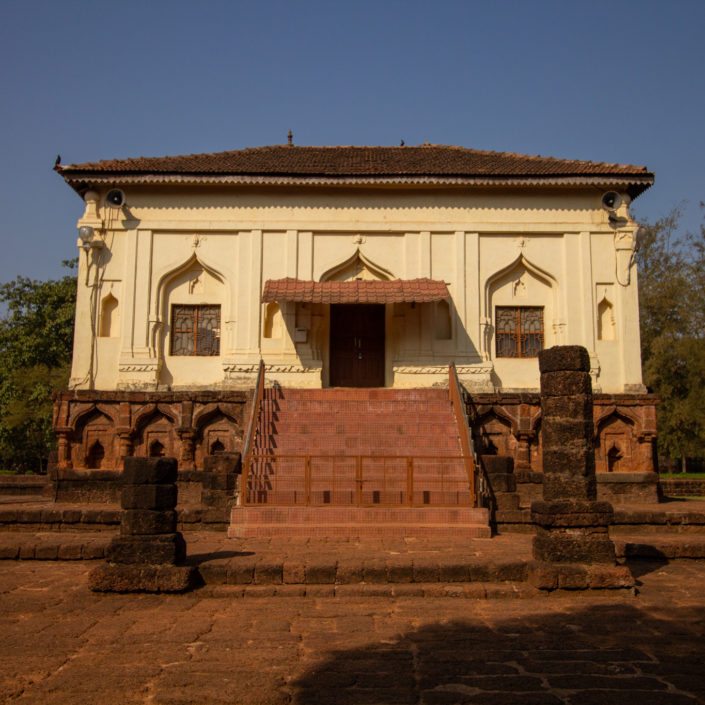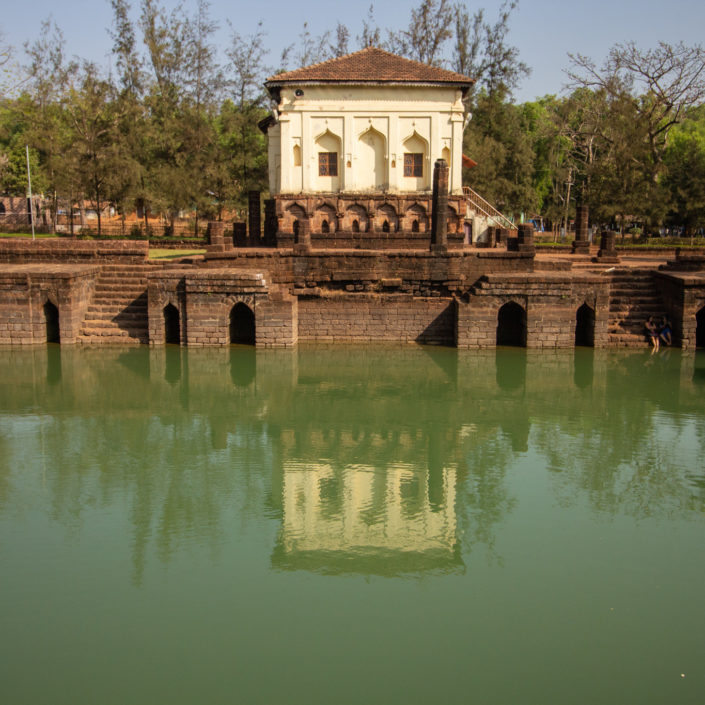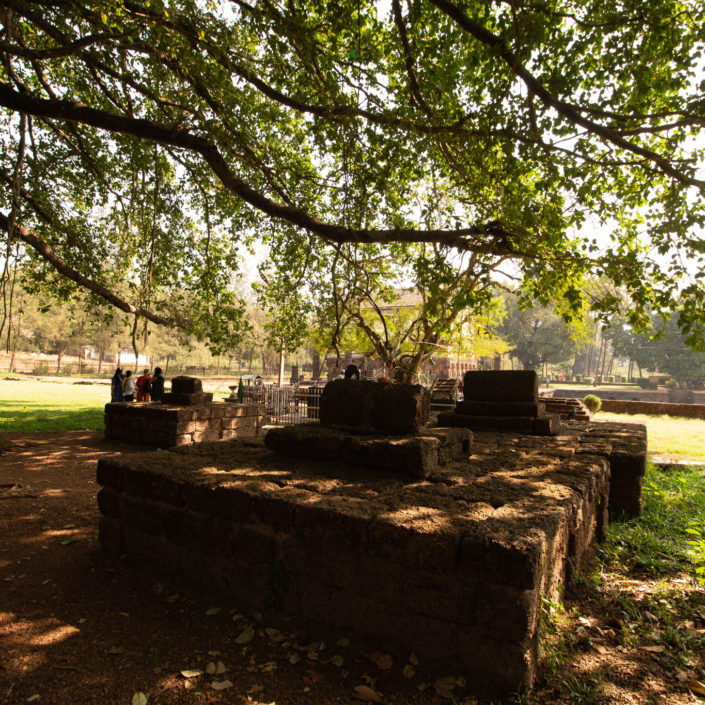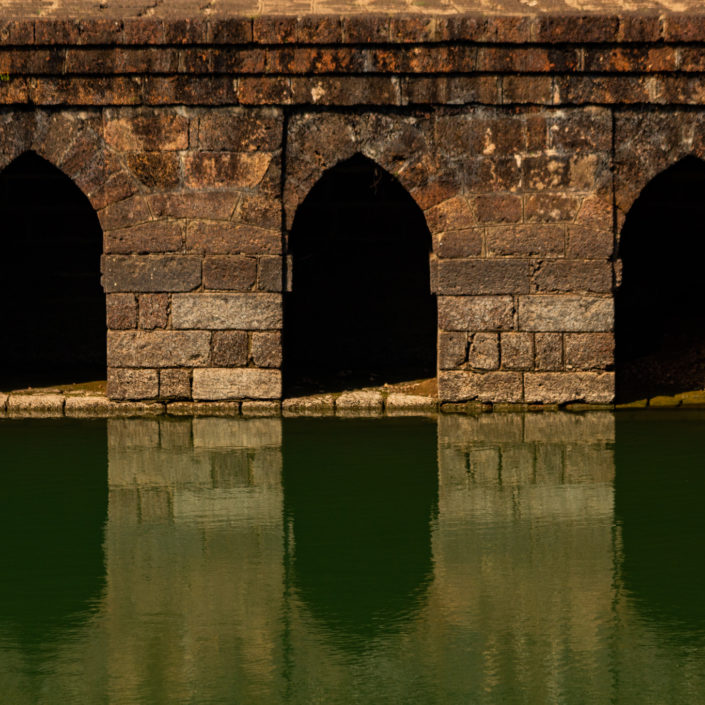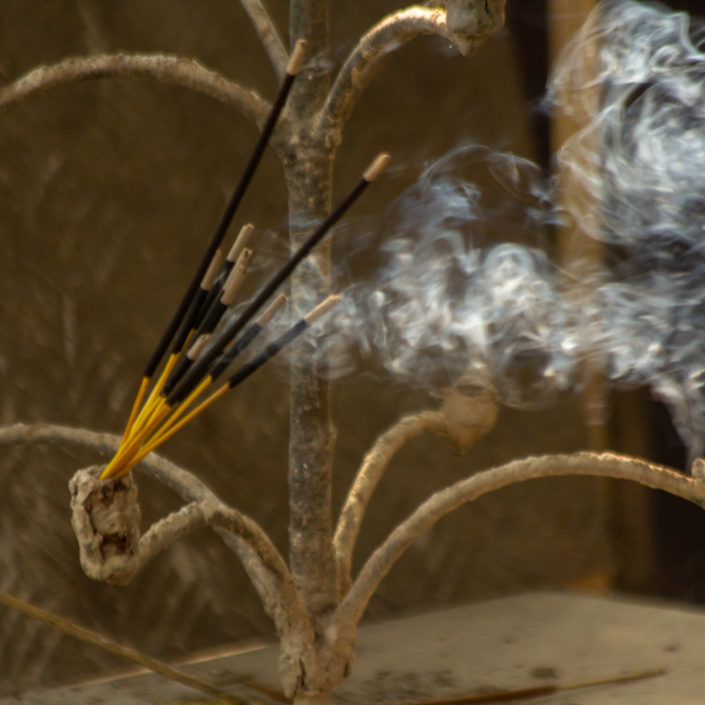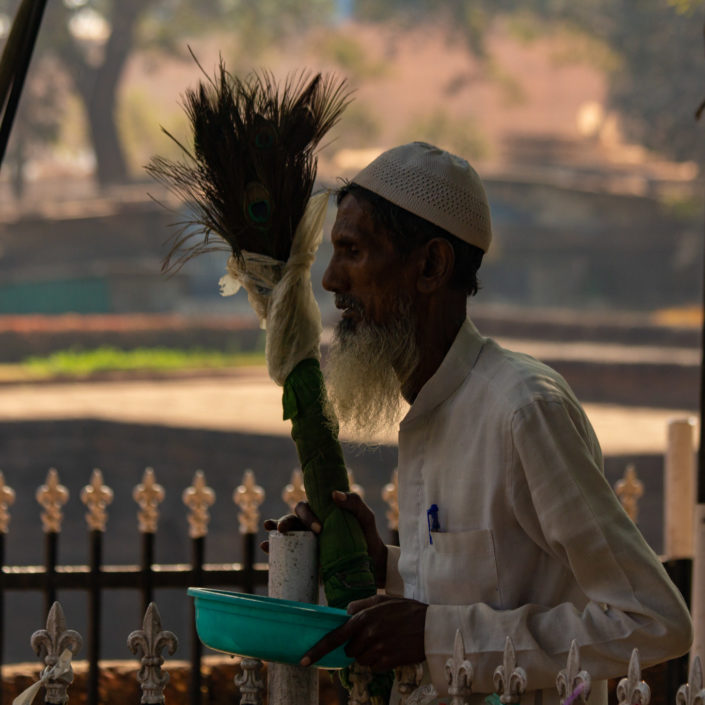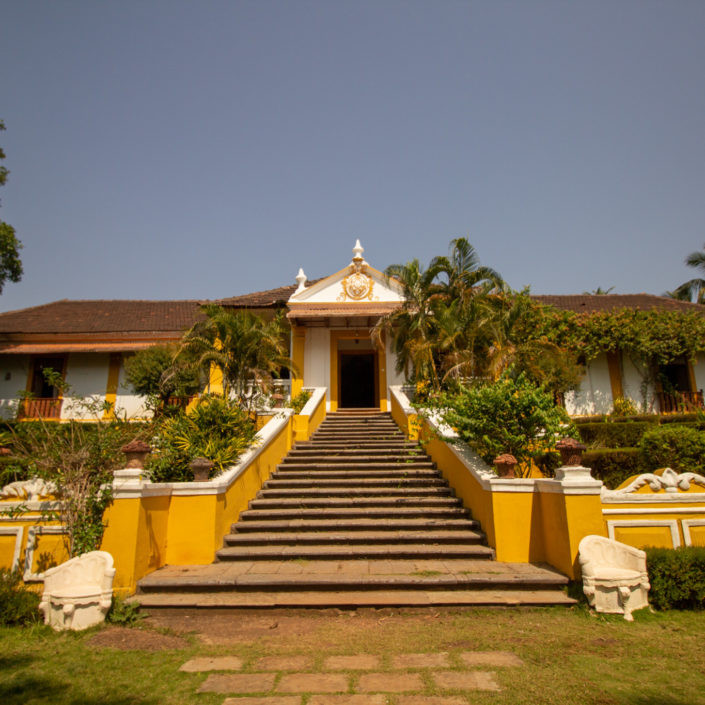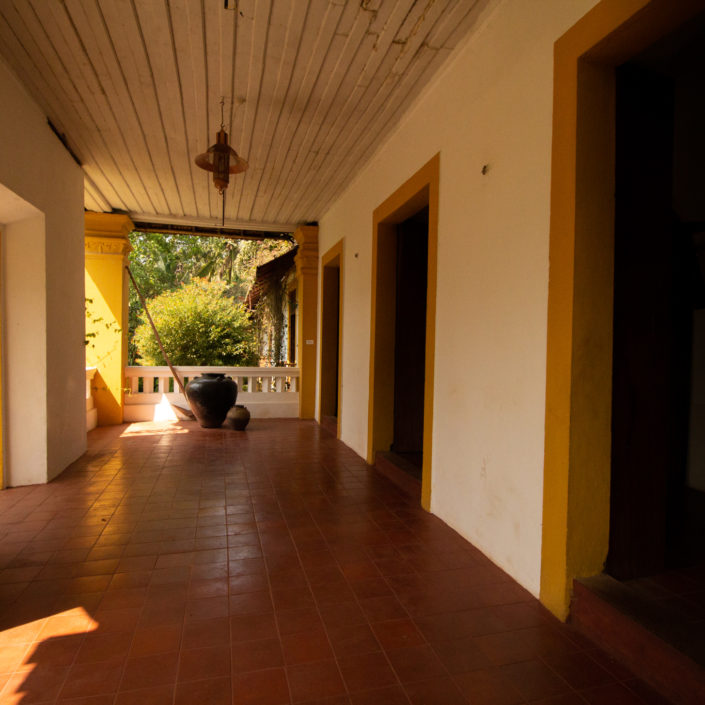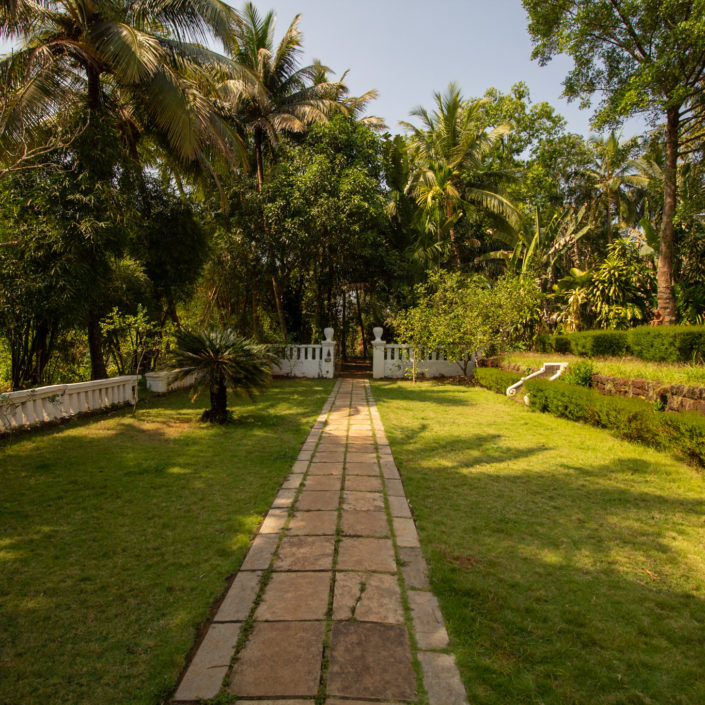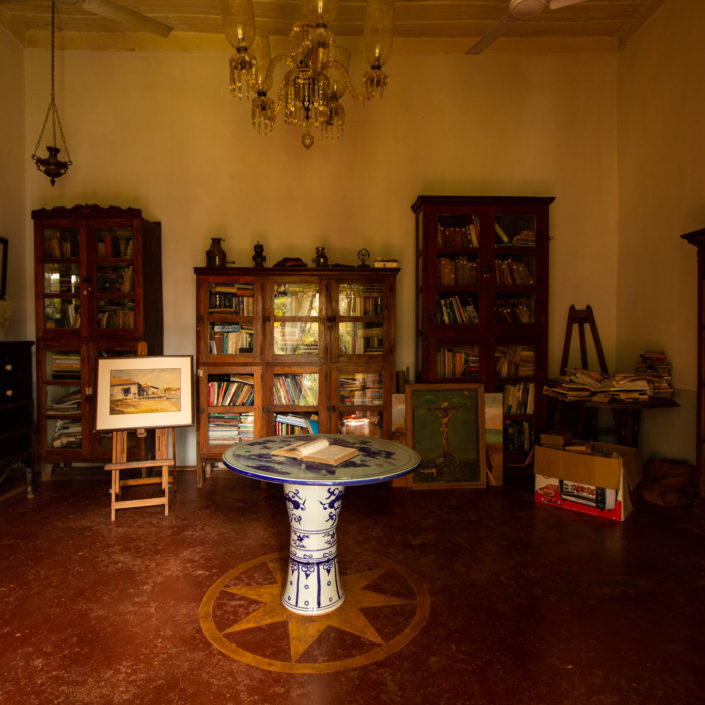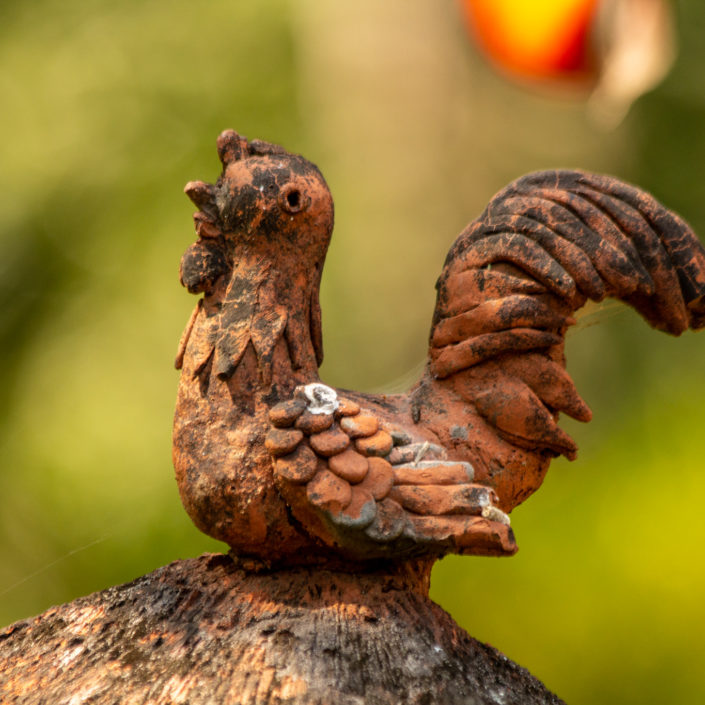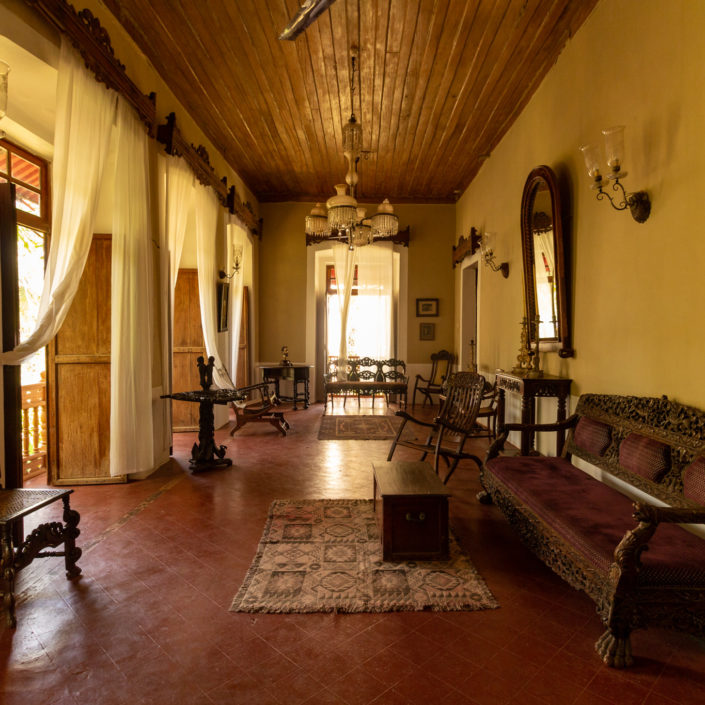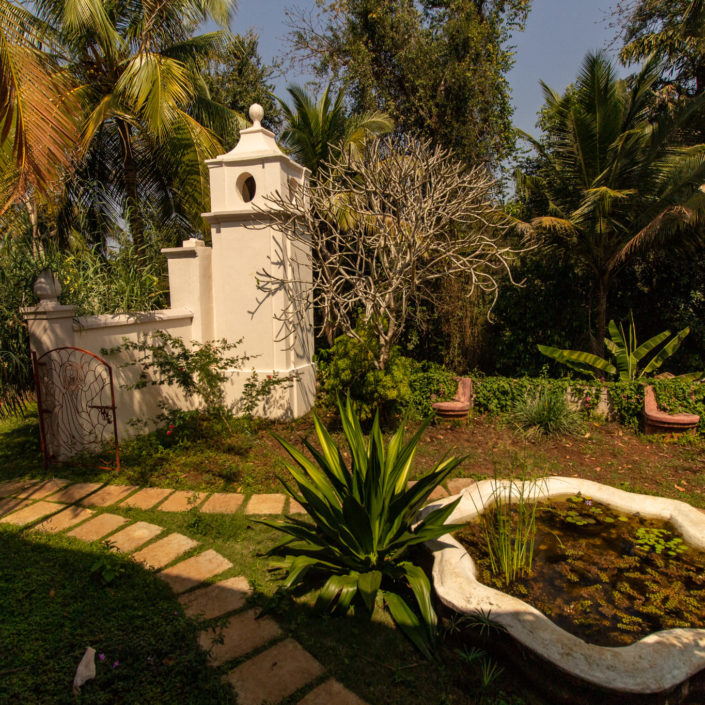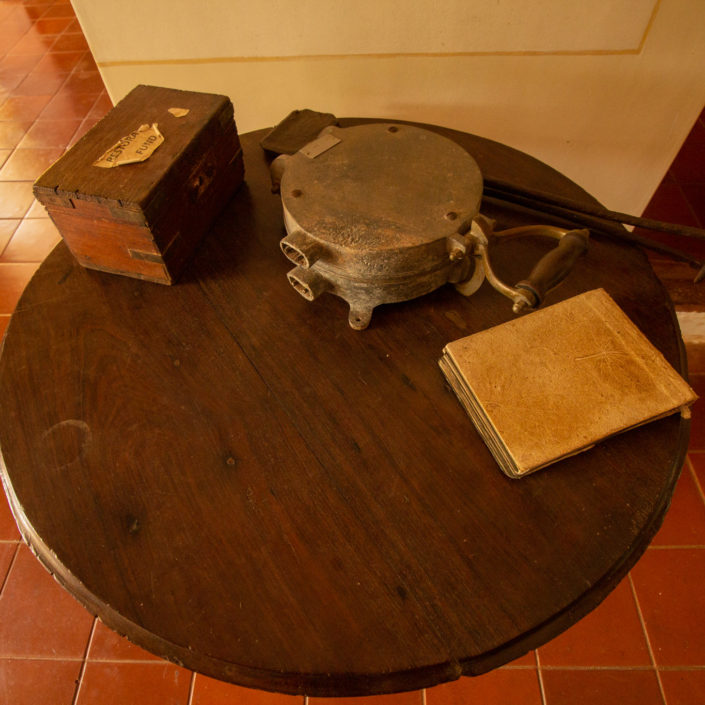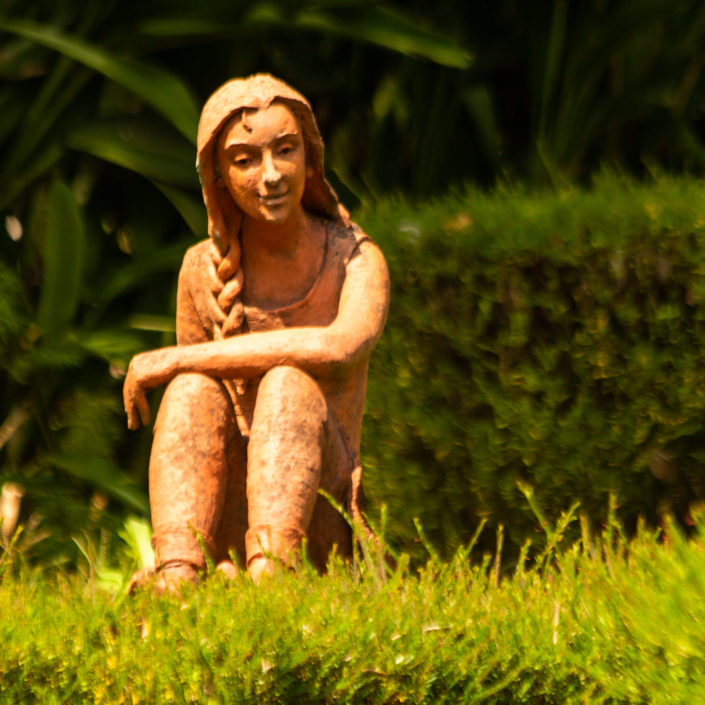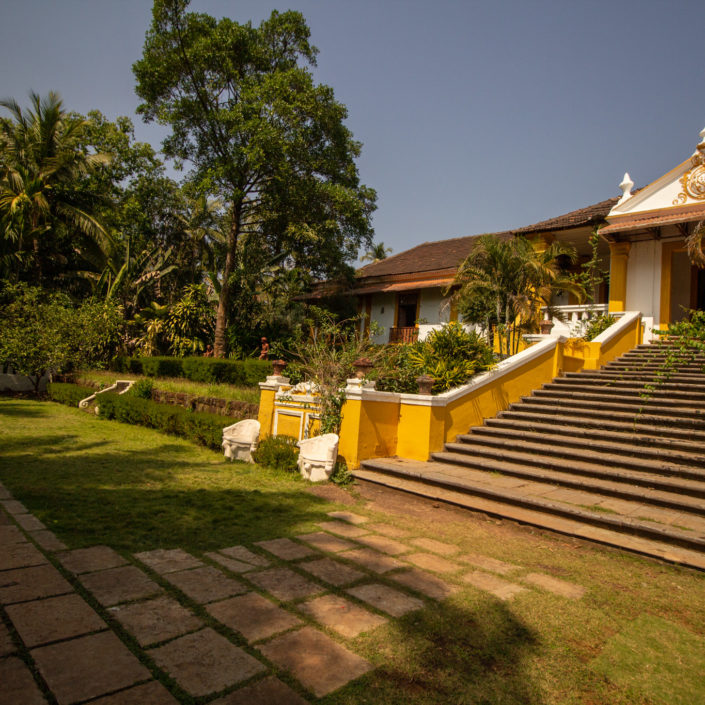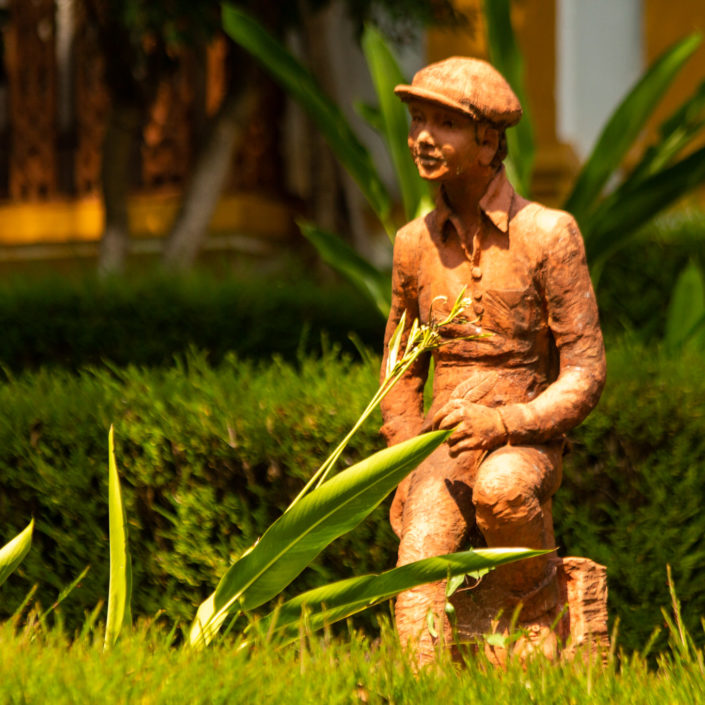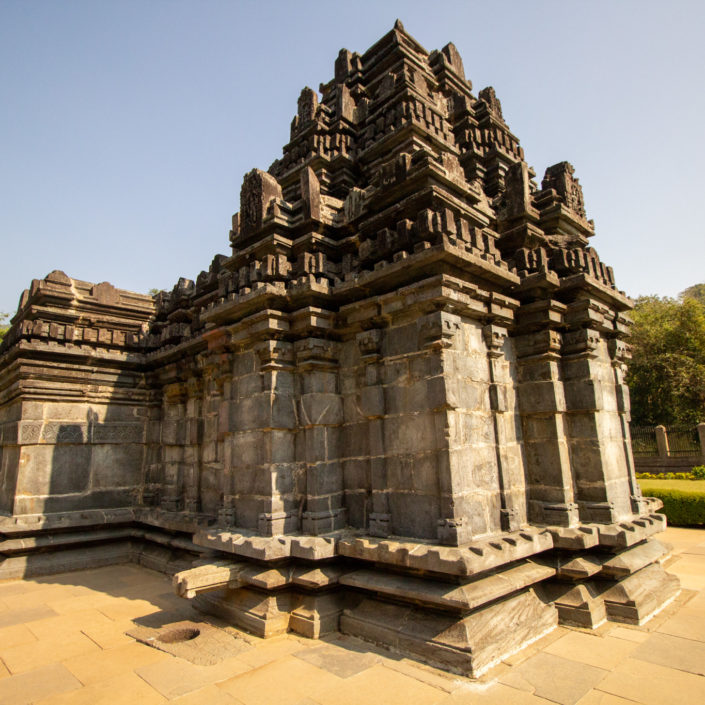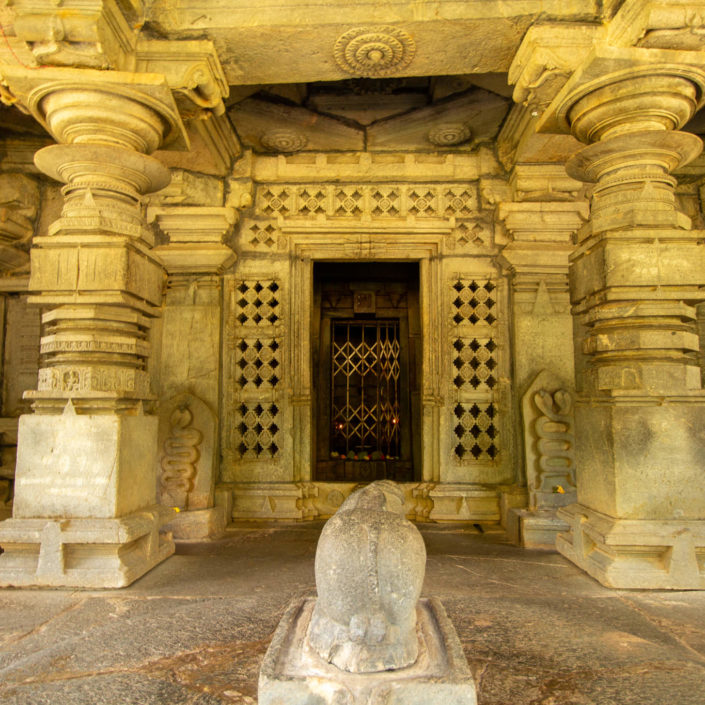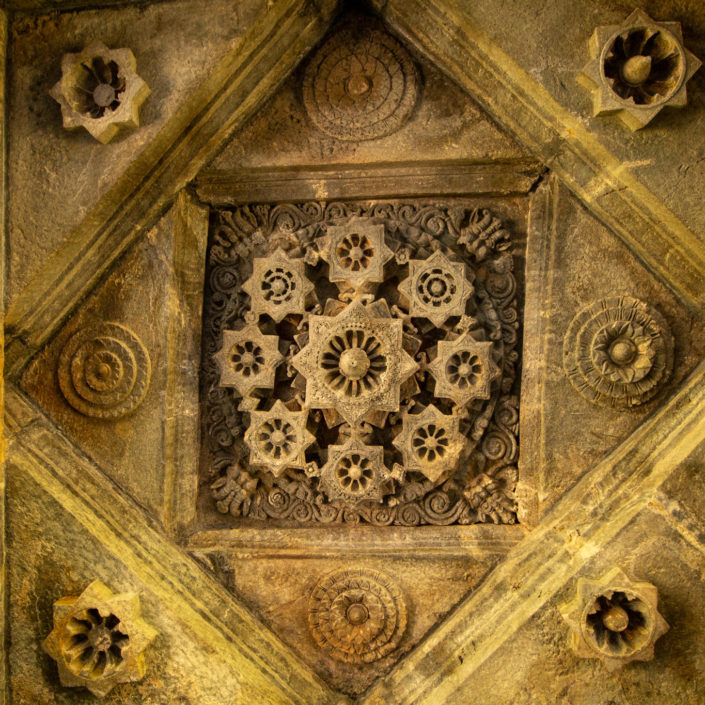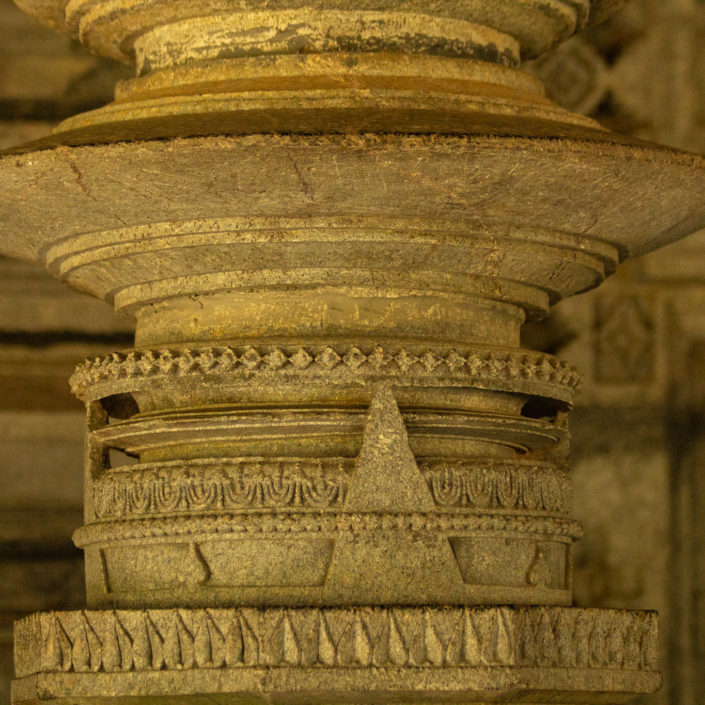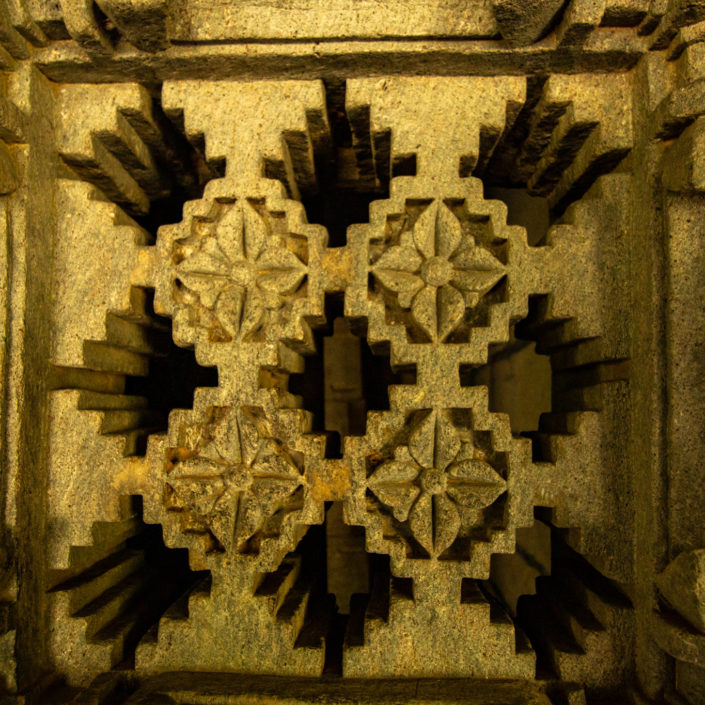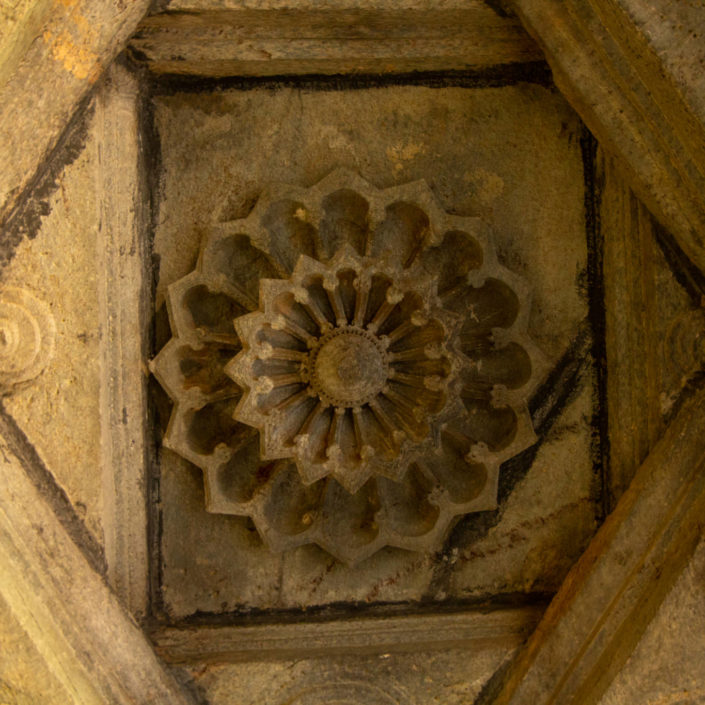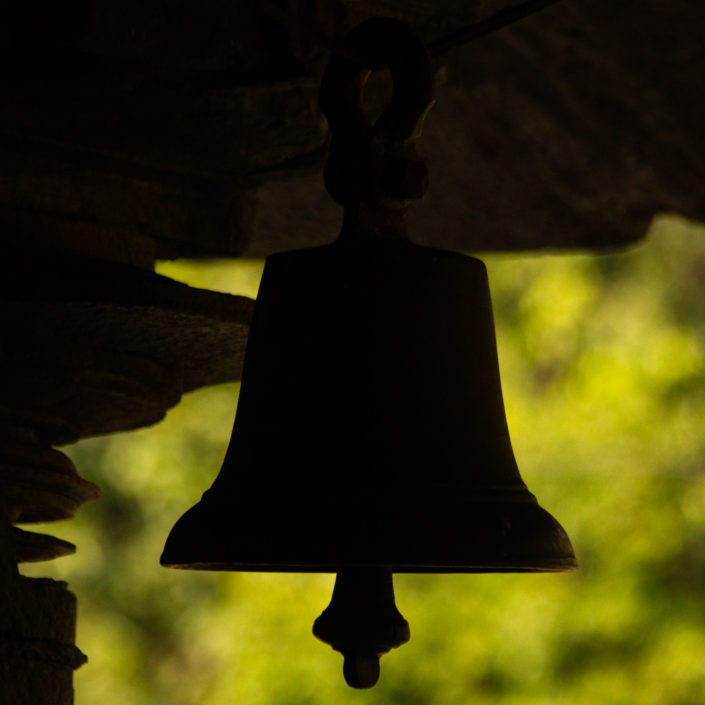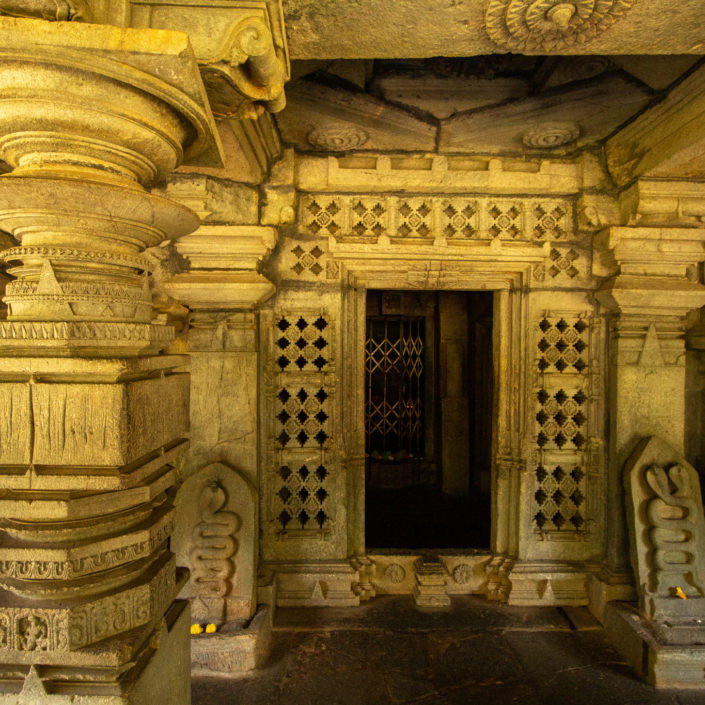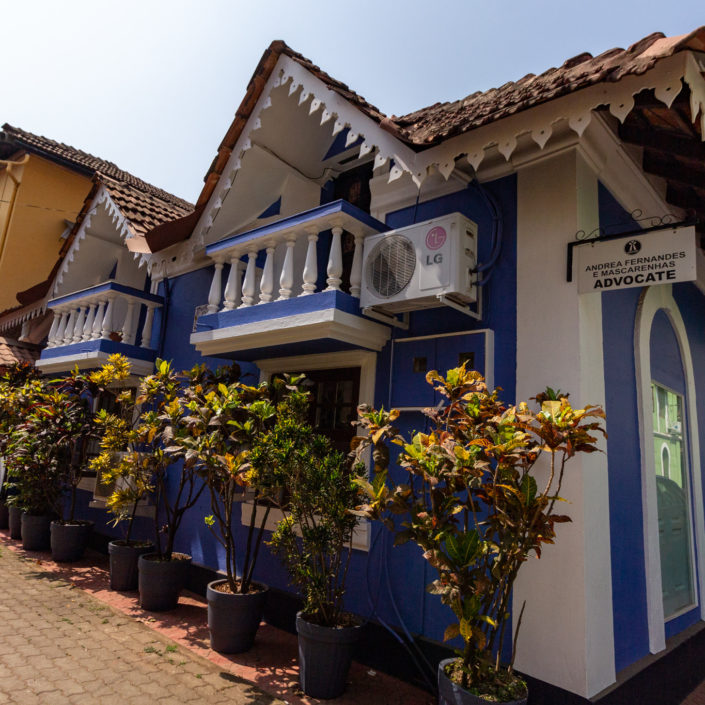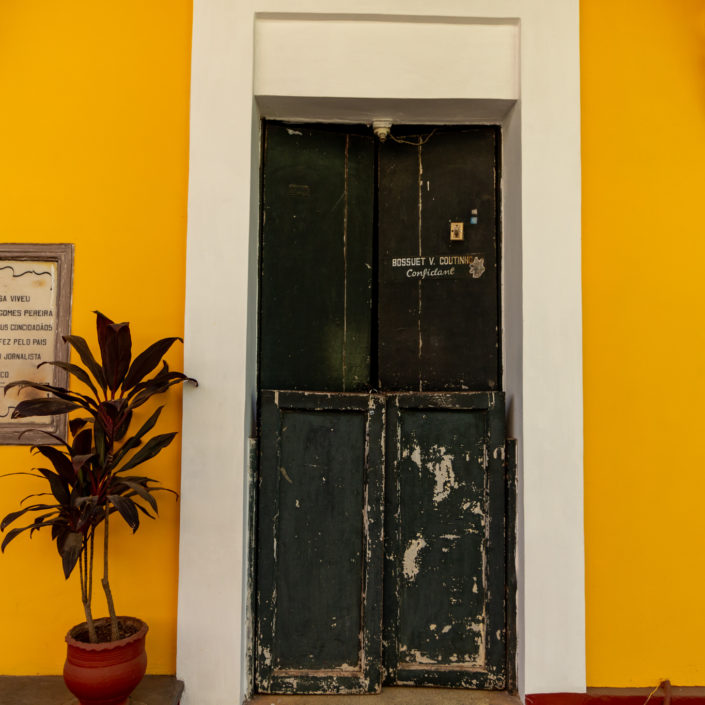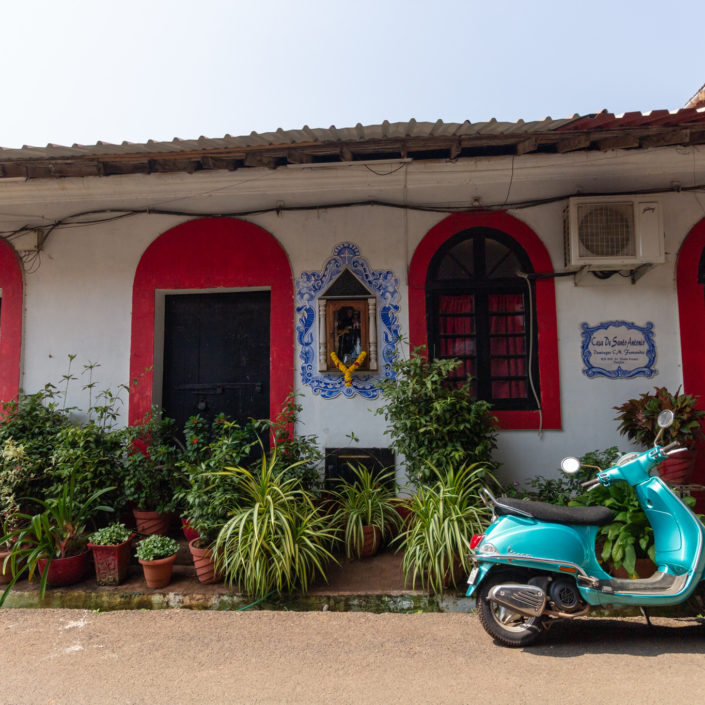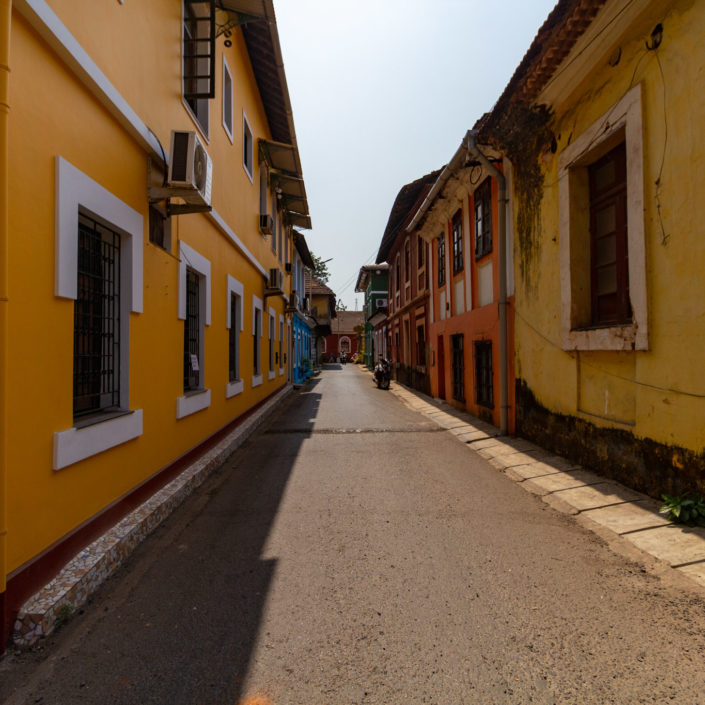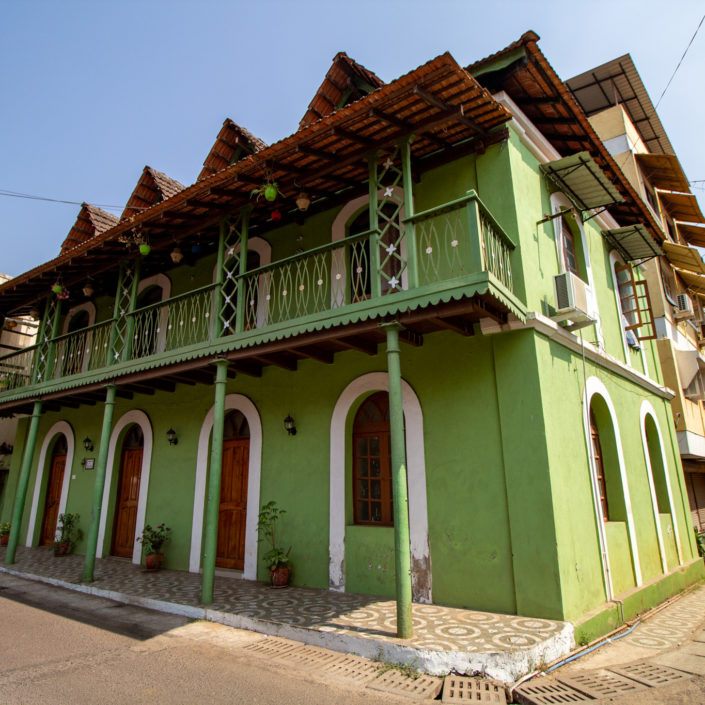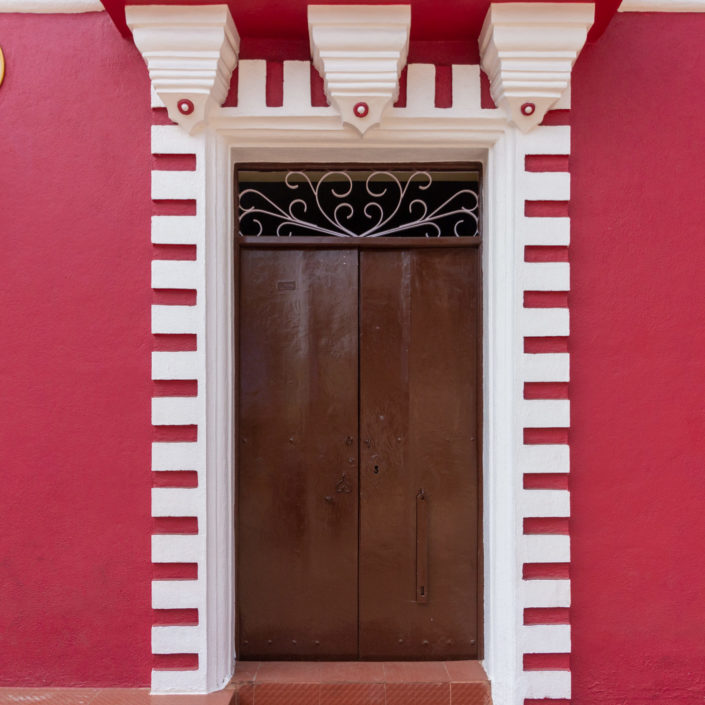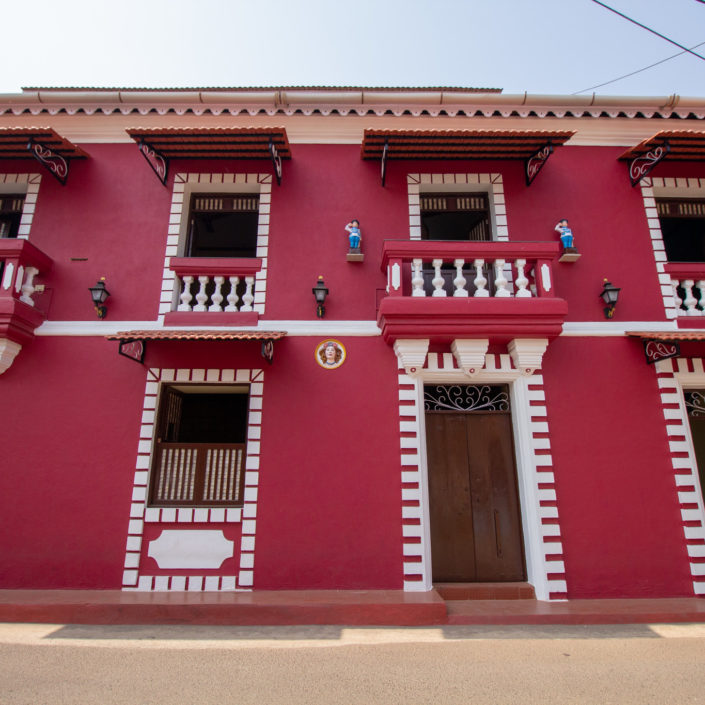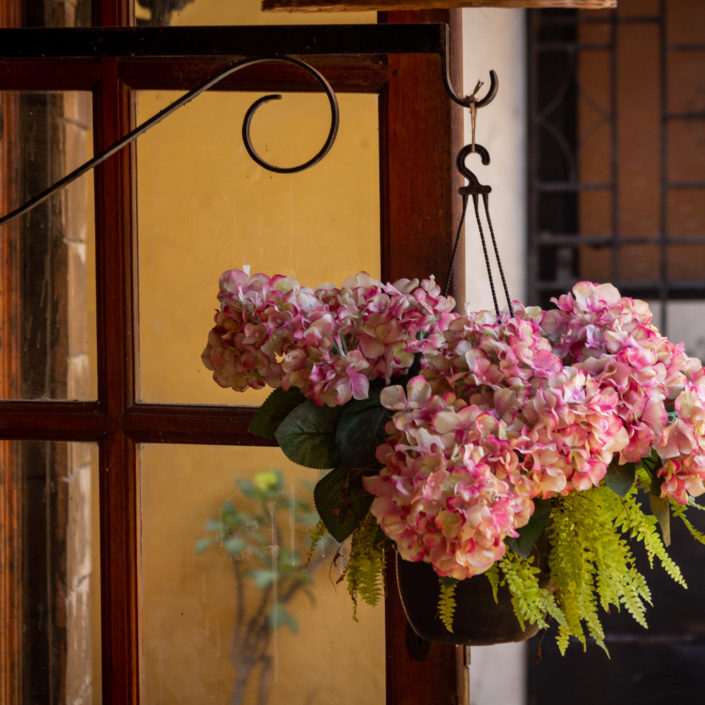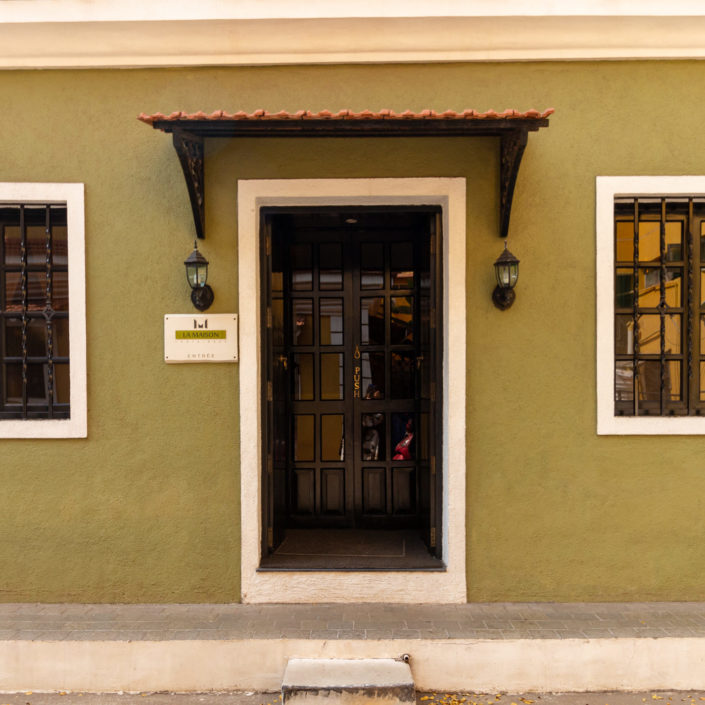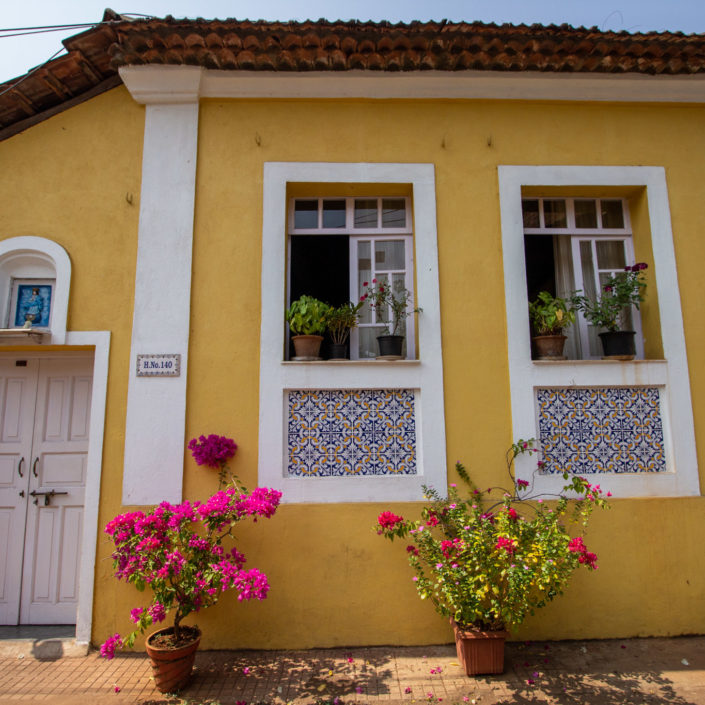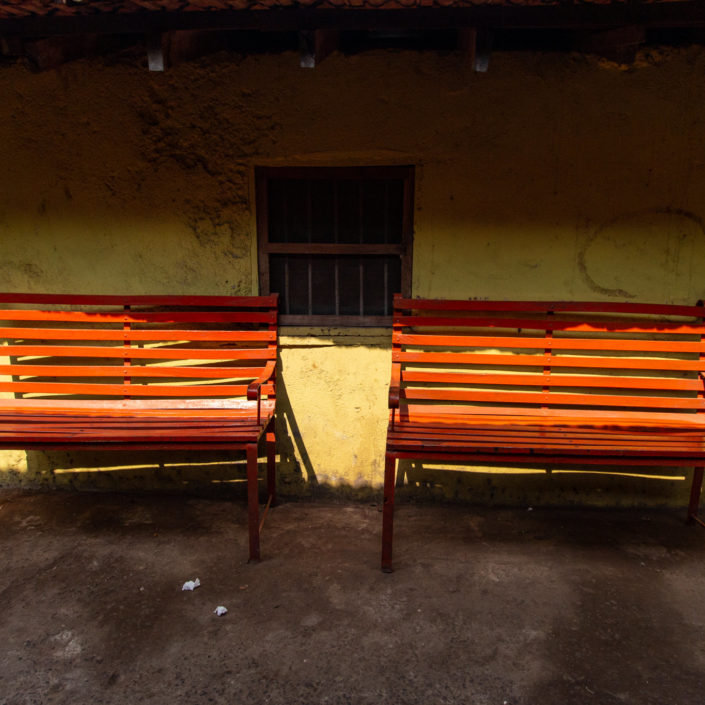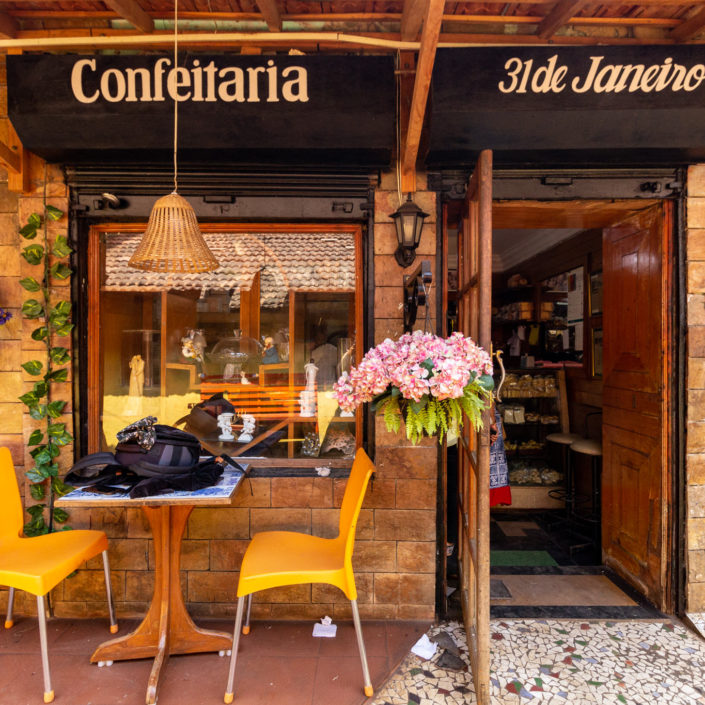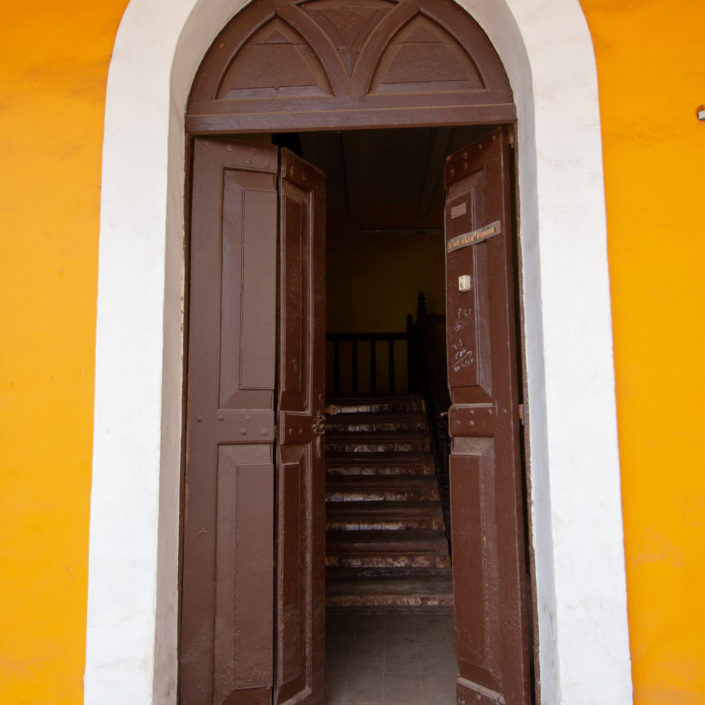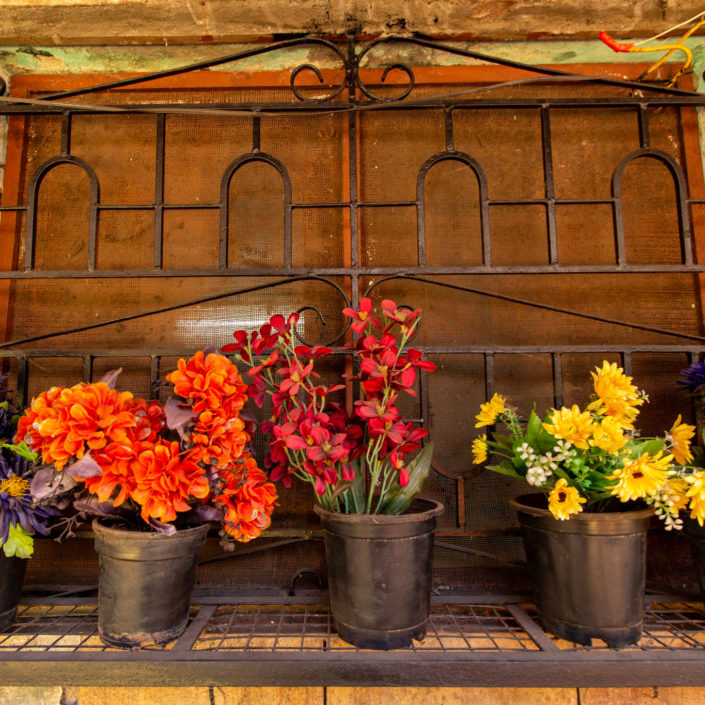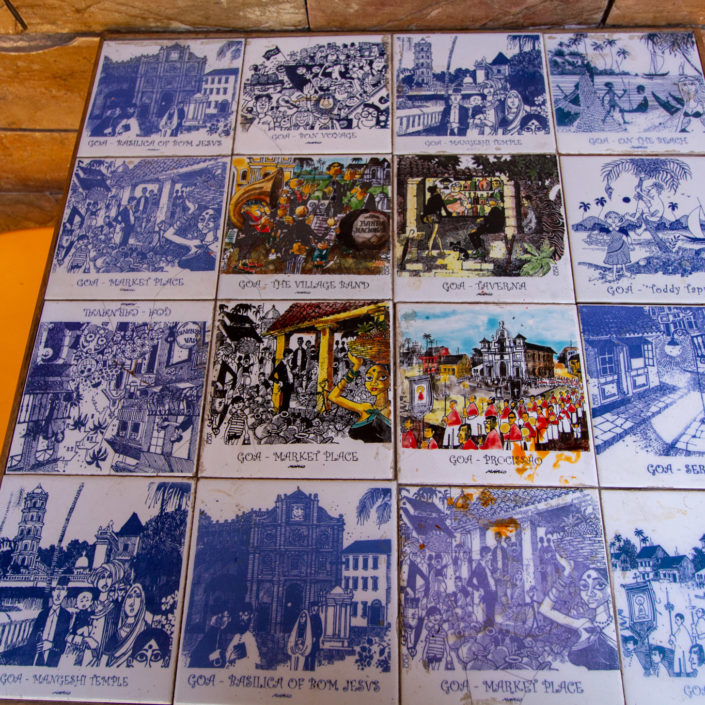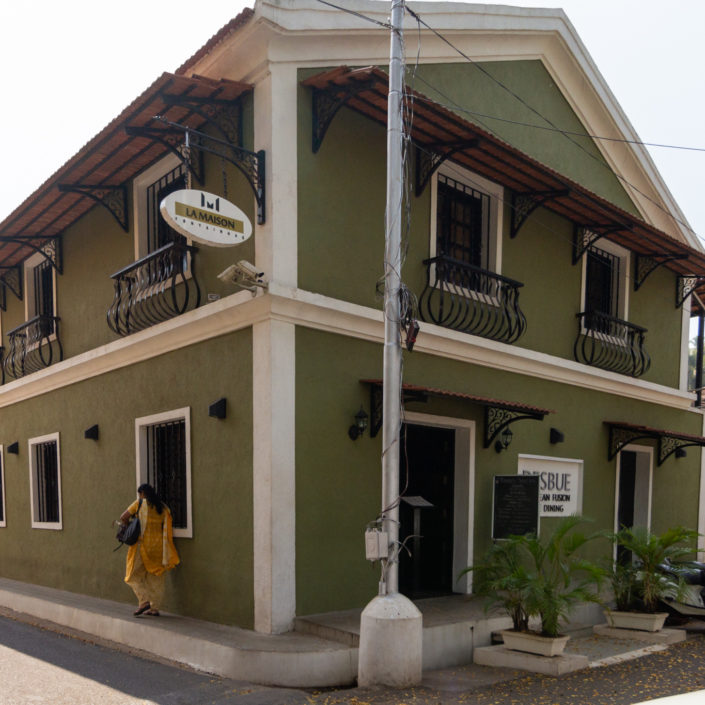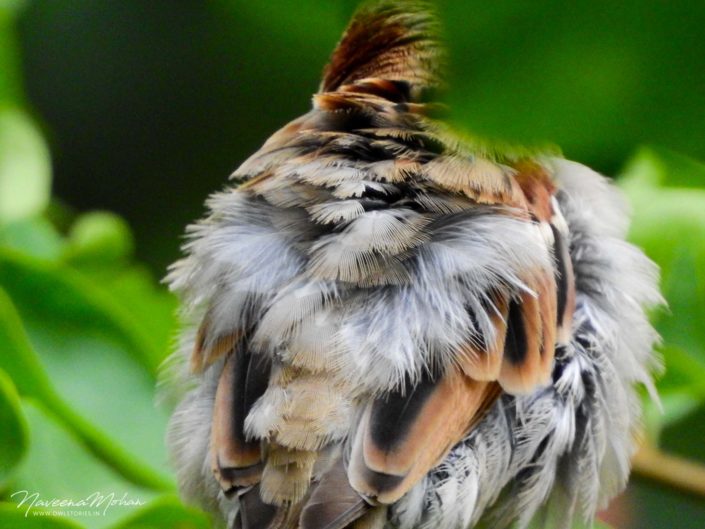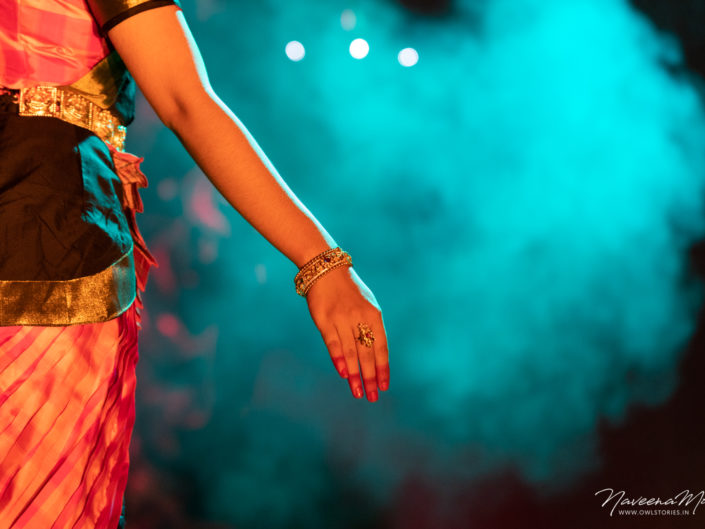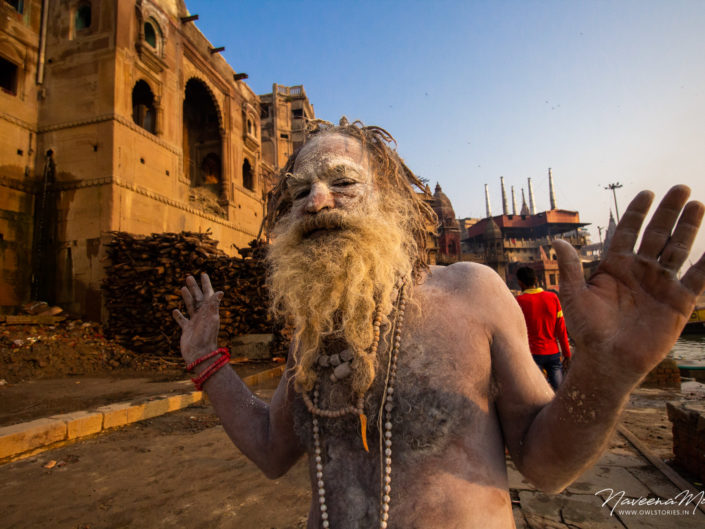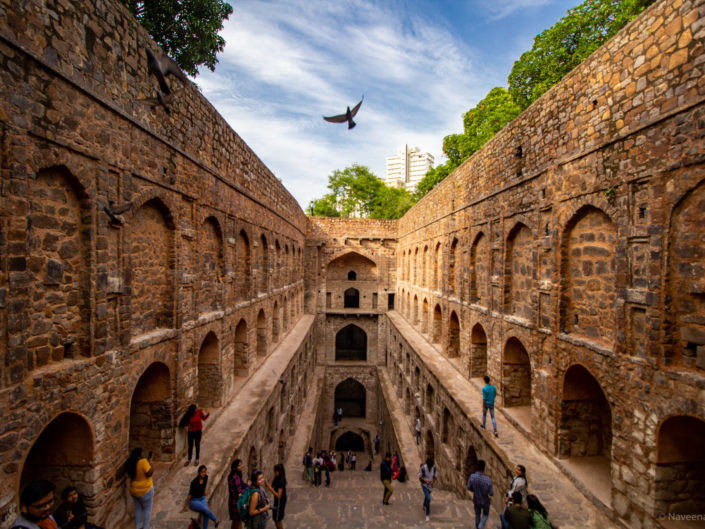-
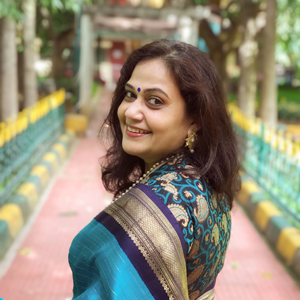
OwlStories is a journal of events, journeys and experiences of this beautiful world by Naveena Mohan. About Me
Lorem ipsum dolor sit amet, consectetuer adipiscing elit. Aenean commodo.
Phone & Fax
Mon-Fri: 8:00-19:00,
Sat-Sun: 8:00-14:00(65)323-678-567
(65)323-678-568Address
732/21 Second Street, Manchester,
King Street,Kingston United Kingdom
places / goa
Goan Rhapsody
A world of natural splendor – Goa it is!
Situated on the west coast of India, with the Arabian Sea for its coastline, I wonder how many people within India and also the others travelling to this amazing vacation destination called Goa, knows that it is the smallest state in India. Occupying about 0.11% of the total land of the country which is around 3,702 square kilometres, Goa has Karnataka in the south & east and Maharashtra to the north as it’s neighbouring states.
Many popular facts about this lively and most sought after holiday hotspot are its breezy beaches, bewitching sunsets, lip-smacking local cuisine not forgetting the high spirit it ignites with its heritage drink feni and the happening nightlife. Magnificently elegant churches of Portugal era, museum, many a forts, river cruises, wildlife sanctuaries, adventure sports, long drives on the winding roads, visit to the palatial heritage bungalows, some serene moments in the colourful temples, bustling market visits, festivals and carnivals are just a few other features of this flamboyant place which contributes towards a wholesome experience of fun, excitement as well as leisure holidaying.
A very different and unique side of Goa is the less reconnoitred places or monuments that are hidden or just remain unknown to ‘only the beach’ seeking travellers to Goa. Goan Rhapsody is that ecstatic feeling and memoir of one such peregrination.
Safa Masjid
‘Safa’ is an Arabic word which means clean, chaste and pure
At a distance of about 30 kms from Panjim, the capital of Goa and around 2 kms from Ponda just beside the highway, stands a sixteenth-century Islamic monument Safa Masjid. Landscaped garden, laterite walkway and a neatly maintained water tank with small chambers with ‘mehrab’ designs have to be the immediate striking features as one walks towards this lone surviving mosque of Goa. Built in 1560 by Ibrahim Adil Shah, the Sultan of Bijapur, the elegant arches decorating the walls, octagonal pillars ruins of this masjid tell a story of the excesses of the Inquisition during the Portugal colonisation. True to it’s name, Safa Masjid, the simple structure stands elegantly devoid of any pomp and show of any prodigality. A heritage monument now, is a fusion of Indo-islamic style and it represents the history and culture of medieval Goa.
Palácio do Deão
An elegant palatial Portugal Bungalow
Quepem, is easily one of those towns which generally exists in one’s imagination! A main road, Municipal office, police station, lots of greenery, colourful little bungalows, people in no hurry to reach anywhere or to finish any incomplete work – just picture perfect! Situated less than 50 kms distance from Panjim, this town of Quepem is said to have been established in AD 1787, by Portuguese nobleman José Paulo who was also the dean (Deão) of the church. Quepem believed to have been covered by forest in those days turned into an arable when the Deão shifted his base from Old Goa to Quepem and established a hamlet.
It is believed that this dean built an unostentatious yet spacious house on the banks of the Kushavati River in AD 1787, for his occasional stay here in Quepem which later came to be known as ‘Palácio Do Deão’. A walk with Mr.Ruben who is currently maintaining this marvellous piece of history, promises to be interesting and amusing as he takes us along the corridors, palatial rooms and the peaceful and excellently maintained garden around this unique bungalow. Palácio do Deão a restored Portugal bungalow today, happens to be a rare blend of Indo-Portugal architecture. The antique furniture, elegant drapes, artefacts, kitchenware, the open garden dining hall, the glass cupboards stacked with books, luxurious lush green gardens – all make for an engaging visit to this heritage bungalow.
Mahadev Mandir
A petite 12th century Shaivite temple
Hidden in the true sense, this 12th century Mahadev temple located in the heart of the jungle is supposed to be the only surviving Kadamba period temple in Goan territory. Based at the foot of hills Ghat Anmod that connects Goa to Karnataka state, in a small village in Tambdi Surla within the thick forests of Bhagwan Mahaveer Sanctuary, this Shaivite temple is about 65 Kms from Panjim. Rarely visited by the tourists, this c.1271 petite temple is built in black basalt which was carried across the mountains from the Deccan plateau.
Modestly ornate, this Hemadpanthi architectural styled Shiva temple is characterized by the east-facing entrance, a Nandi mandapa (pillared hall with the Nandi bull idol), antarala (connecting hall) and the garbhagriha (inner sanctum sanctorum) where the Shivling is placed. The pillars inside the Nandi mandapa have some muted carvings and some exclusively elegant sculpture. The ruins of the shikhara (tower) can be seen from outside, on the inner sanctum sanctorum. Dense forest for a surrounding, gurgling Surla river flowing close by and the picturesque valley amidst the mountainous terrain hails this as an offbeat place of interest.
Fontainhas
Goa’s Latin Quarter
It is the old district or the Latin quarter that is the essence of the Portugal Goa. Narrow lanes dotted with many small bakeries & cafes, peaceful streets with most colorful and extremely well-maintained 18th and 19th century Portuguese styled bungalows coloured with lovely yellows, subdued greens and bright blues, houses with those overhanging cute but small balconies, pretty windows with flower plants, a beautiful church – yes, that’s Fontainhas for you. A world in its own, even as it is located at very close proximity to the hustle and bustle of the Panjim city, the streets of Fountainhas is rarely walked or visited by travellers who walk along the sandy beach of Miramar closeby. Built on reclaimed land and located at the foot of the Altinho Hills, Fontainhas exudes the feel of a charming Mediterranean city.
An interesting belief is that a Goan expatriate named Antonio Joao de Sequeira (nicknamed Mossmikar) established Fontainhas in the 18th Century. Less known but fascinating fact happens to be – during Portuguese rule, every urban resident was mandated by law to paint his house every year after the monsoons; this practice is still continued as a tradition. (Wikipedia)
